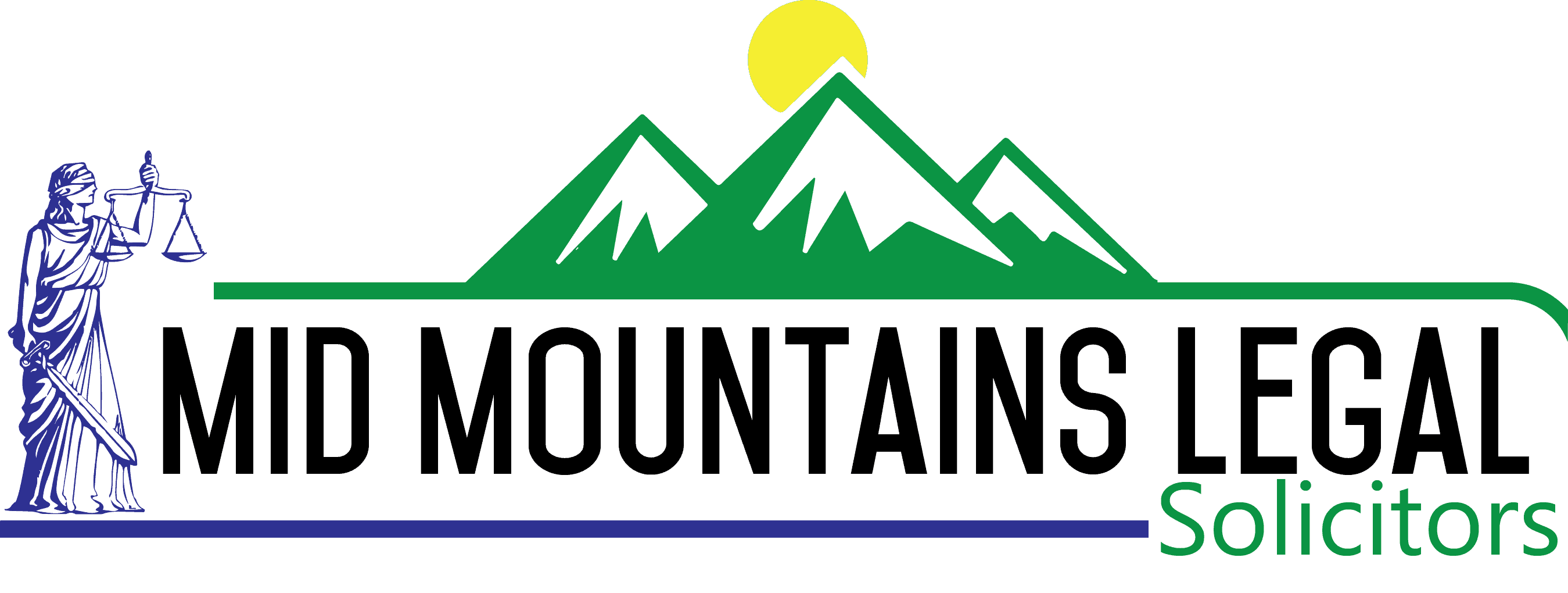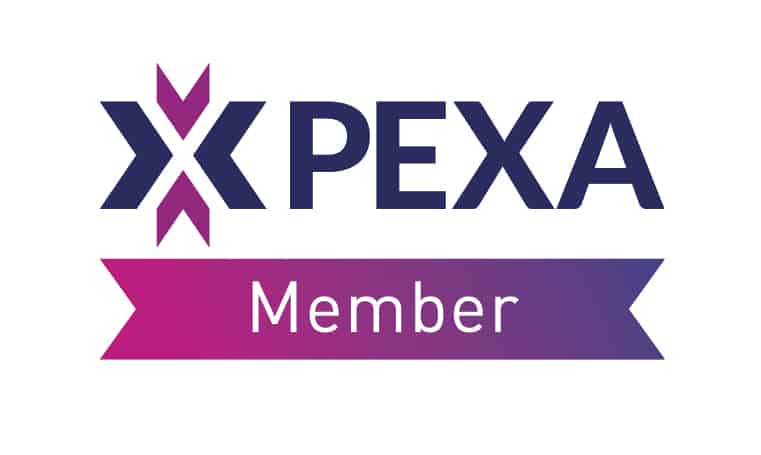
Generally, right of ways and easements are registered on the certificate of title, and remain part of the land over the years as it is bought and sold. Some easements, like those for water, sewerage and electricity, are not included on the title.
Meaning of Easement
The term easement and covenant are often confused. An easement or covenant is a right granted over a land area by the owner for another party. What then is the difference? Easement
In legal terminology, easement means the right to cross or use in some way a portion of land belonging to someone else for a specific purpose. It is essential to be aware of an easement as they can restrict how landowners use their property.
Covenant
This is a provision or a guarantee included in the land deeds. The restriction is put in place by the owner of the land, and can impact things like a building’s height or size, style etc. A covenant over the land affecting or limiting its use is called it’s burden. A covenant can give landowners some say over what can occur on a neighbouring property.
An easement varies from a covenant as it provides someone who is not the landowner (e.g. the government, council or telecommunications) a right of access. Those holding the rights to this easement have a legal right to use that piece of land even though it is not in their possession. Easements remain with the land title even when the title is transferred (called subsisting). When power, water, sewerage, and the like are concerned, an easement gives them a right of entry. It can also impact the construction of fencing, buildings etc.
There are several reasons why easements are in a particular place. It may mean, for example, that essential services traverse the land, that it has been set aside for the location of a cemetery or road construction. It is extremely important that you become aware of any easements before buying property or land as they can impact what you want to do with the land. This information is generally available on the title of the property.
What different types of easements are there?
a. Easement of Way. Also called a right-of-way easement, it allows people to use a defined strip of land on the property (e.g. a shared driveway).
b. A carriageway, meaning a shared driveway. It’s primary purpose is to ensure that an area without road access does not become landlocked. This type of easement can appear an encumbrance to the owner of the property through which the easement passes but a benefit to the person who owns the plot to whom it provides access.
c. Easement of Support. This easement relates to excavations. An easement of support refers to an area required to be excavated to put in essential services, such as drainage or gas.
d. Services Easement. This is similar to the easement of support though no excavation is required. It is an area of the property used to deliver essential services to a home or a community. It includes such services as electricity and telephone lines. It also gives access to the property for repair or maintenance of services.
e. Artificial waterways and sewerage rights are included. This type of easement focuses on the rights and restrictions for waterways, sewerage and canals.
f. Access road easements provide access to internal properties etc.
g. Light and air easements. Restrictions are put in place to prevent the construction of a building or wall if it impacts another party’s light and air or view.
Categories of Easements
There are positive and negative easements.
A positive easement allows another party to enter the land owner’s property. Without an easement, this would be trespass. A negative easement stops a person from doing something that they would usually do on their property (e.g. preventing someone from building a house in a certain way or changing a river’s course).
Disputing An Easement
Is it possible to dispute an easement on a property?
Easement legislation is complex and varies from state to state, There are many types of easements and numerous rules governing them, so it is worth seeking legal advice to ensure you follow the correct procedures.
A property easement can be removed when both parties agree to do so. If they don’t reach agreement, they must take the matter to court. The same conditions apply to individuals and developers. Developers are required to apply to the relevant government department for permission to have an easement removed or for changes to an easement.
The Easement Contract
Two parties (individuals, groups or companies) can make an easement contract. The landowner grants permission for the property area to be used for a particular purpose. The parties can create a contract agreeing about access to the easement (public or private) and its use. A contract provides a person, group or company with the right to use the land for a specific purpose (but it does not mean they own the land).
If you are buying a property in NSW, it is wise to determine if any easements exist before you buy the property. Property owners should disclose all easements in the Contract of Sale of Land.
Compensation
If you are asked to provide some of your property for an easement, so long as the request is reasonable, think carefully before refusing the request.
In NSW, section 88K Conveyancing Act 1919 allows the courts to grant an easement over your property if:
a. an easement is reasonably necessary so that the land can be effectively developed;
b. The requested land that will become an easement will benefit the public;
c. The person who owns the land can be adequately compensated for the burden of’ the easement; and
d. The developer has made every possible reasonable attempt to acquire the owner’s easement, and this process has not been successful.
There are cases in NSW where the court has awarded the easement despite the land owner’s rejection to grant an easement. The court awarded costs against the landowner as their actions were considered unreasonable and not in the public’s interest. It is wise to consider carefully before refusing to agree to an easement if adequate compensation is offered.
Compensation is given to those who are entitled to receive it (discussed in sec 88K The Conveyancing Act 1919). Landowners who are asked to agree to the provision of an easement on their property should have the easement valued so they can consider the value of the land and what adequate compensation would be.
Frequently Asked Questions
1. Can you get payments for an easement?
You can get compensation for providing an easement. There are situations where it is possible to gain payment in exchange for a right of way but these payments are not compulsory.
2. What happens if you build over an easement?
The consequences for building over an easement can be quite severe. You can be asked to remove the building and pay the cost of damages from erecting an unauthorised construction over an easement.
3. How can I find out if there is an easement on my property?
You can make contact with the NSW Land Registry Services or get a title search done.
4. What is the express easement?
An express easement is an easement granted and recorded in a legal document, like a deed. It can include plans for a subdivision.
5. Is it possible to block an easement?
The courts will rule that the owner of a property with an easement on it cannot block or impact the easement’s practical use.
What Now?
Contact us if you or someone you know needs legal advice or assistance regarding an easement.




